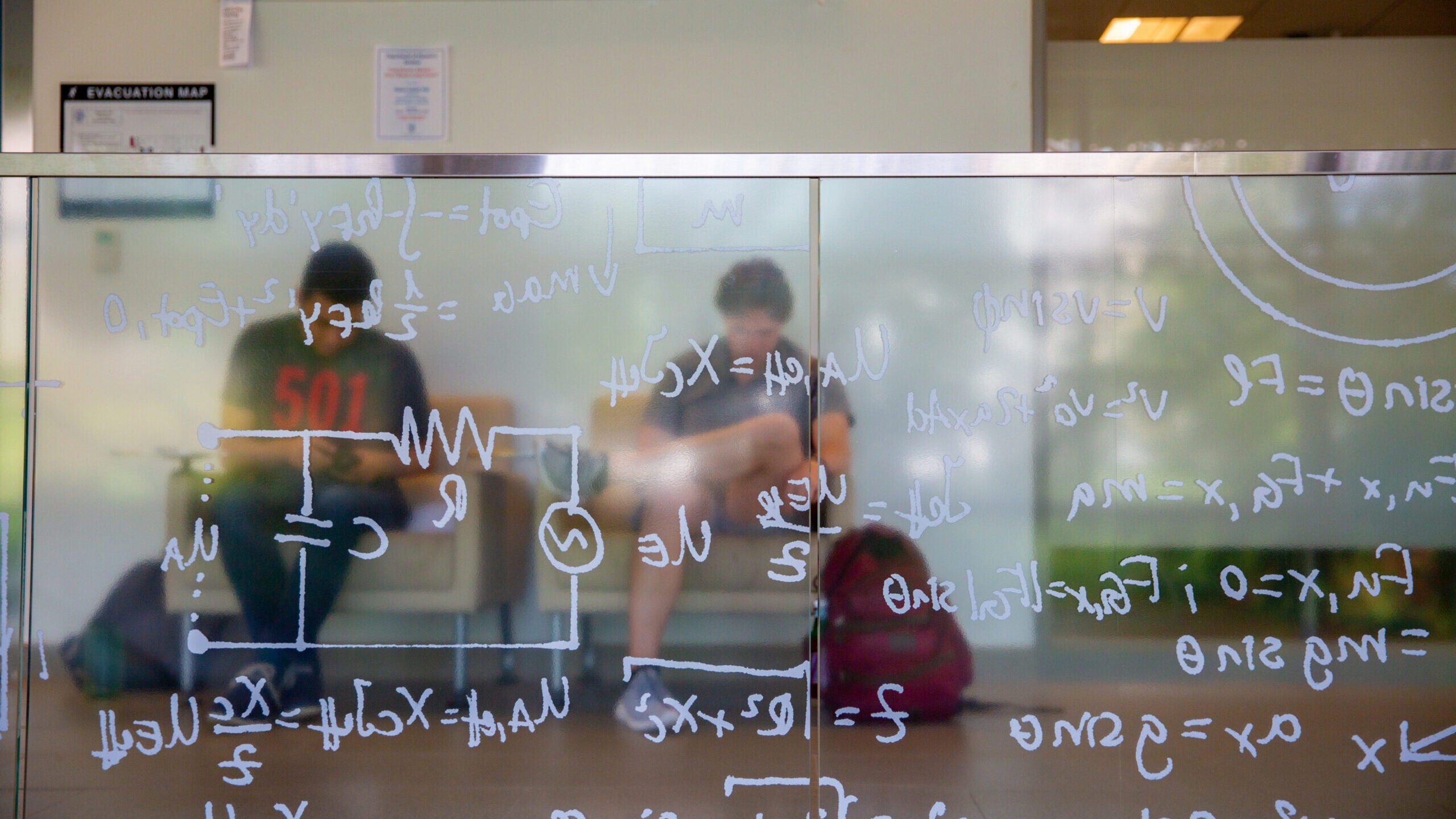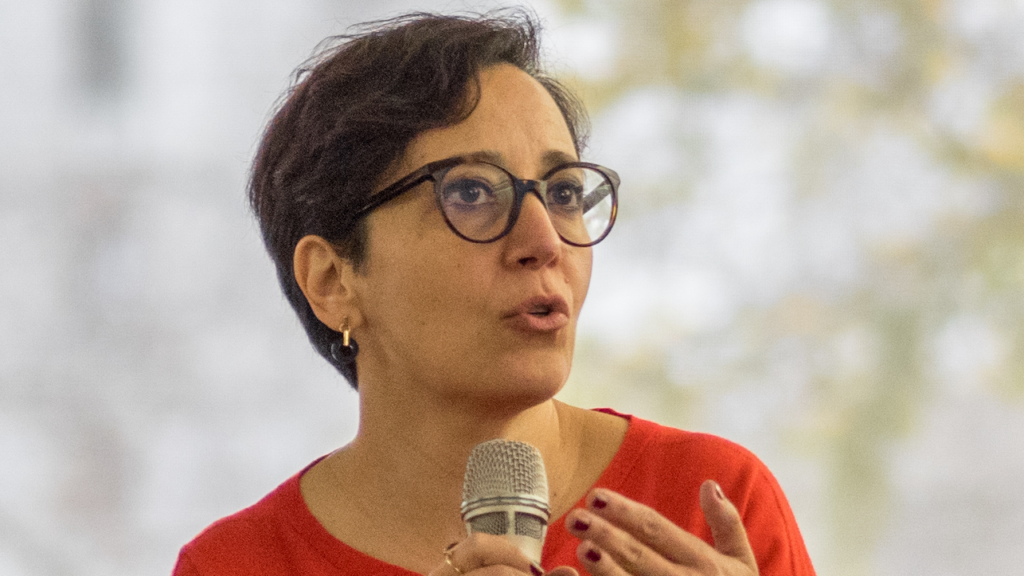Gel Break: Georgetown Physicists Uncover the Secret of the Goo
An international team of researchers led by Emanuela Del Gado, a physics professor in the College of Arts & Sciences, has published a groundbreaking new paper in Nature Physics. The paper, entitled “The hidden hierarchical nature of soft particulate gels,” provides an unprecedented model of how the titular material behaves under stress.
The team is composed of physics and mechanical engineering researchers from MIT, CNRS, the Ecole Normale Superieure in Lyon and the University of Grenoble in France.
People interact with particulate gels every day. In the bathroom, shampoo, shower gel and toothpaste. In the kitchen, yogurt, jelly and most condiments. A particulate gel contains a tiny amount of solid stuff that’s suspended in a liquid – combining the two to create more than its constituent parts. To parse those components out into just a solid and just a liquid, however, is quite difficult. That’s because of microscopic structures that give the gel its form and dictate how it moves.
“The presence of these microscopic, but sample spanning, structures is what gives a gel the rigidity to behave like a solid under certain conditions,” explained Del Gado, the director of the Institute for Soft Matter Synthesis and Metrology. “Understanding how exactly those structures behave, understanding them in a way that is predictable and repeatable, has long been a struggle for physicists.”
At a conference in 2018, conversations began between Del Gado and colleagues from MIT and France about how to model the viscoelastic behavior of particulate gels. The team hypothesized that by exposing particulate gels to a gentle externally controlled oscillatory signal they could map out the hidden part of their structure that controls the response of the material because it is responsible for stress transmission. Running these tests on a series of different particulate gels allowed them to model a unique rheological master curve and identify a fractal self-organization of the connections in the gels that reveal how far the gel is from the point when it first became able to support its own weight, also called gelation.
Minaspi Bantawa, at the time a graduate student in the Department of Physics and now post-doctoral researcher at UT Austin, performed the large scale computer simulations of model particulate gels for this study. Based on these, Bavand Keshavarz, a lecturer at MIT, developed a novel theoretical description of the stress response of these materials.
“Within the framework we have built, the fractal signature of gelation is to rheology what the cosmic wave background is to the big bang,” wrote Mehdi Bouzid, another member of the team, in a blog for the Nature website. “In both cases, the resulting structures provide valuable insights into the history and properties of the underlying physical systems.
The model constructed by the researchers allows the particulate gel response to certain stimuli to be predicted, which has a range of applications from the bathroom or the kitchen, and beyond, to smart inks for 3d printing and novel functional nanomaterials.



